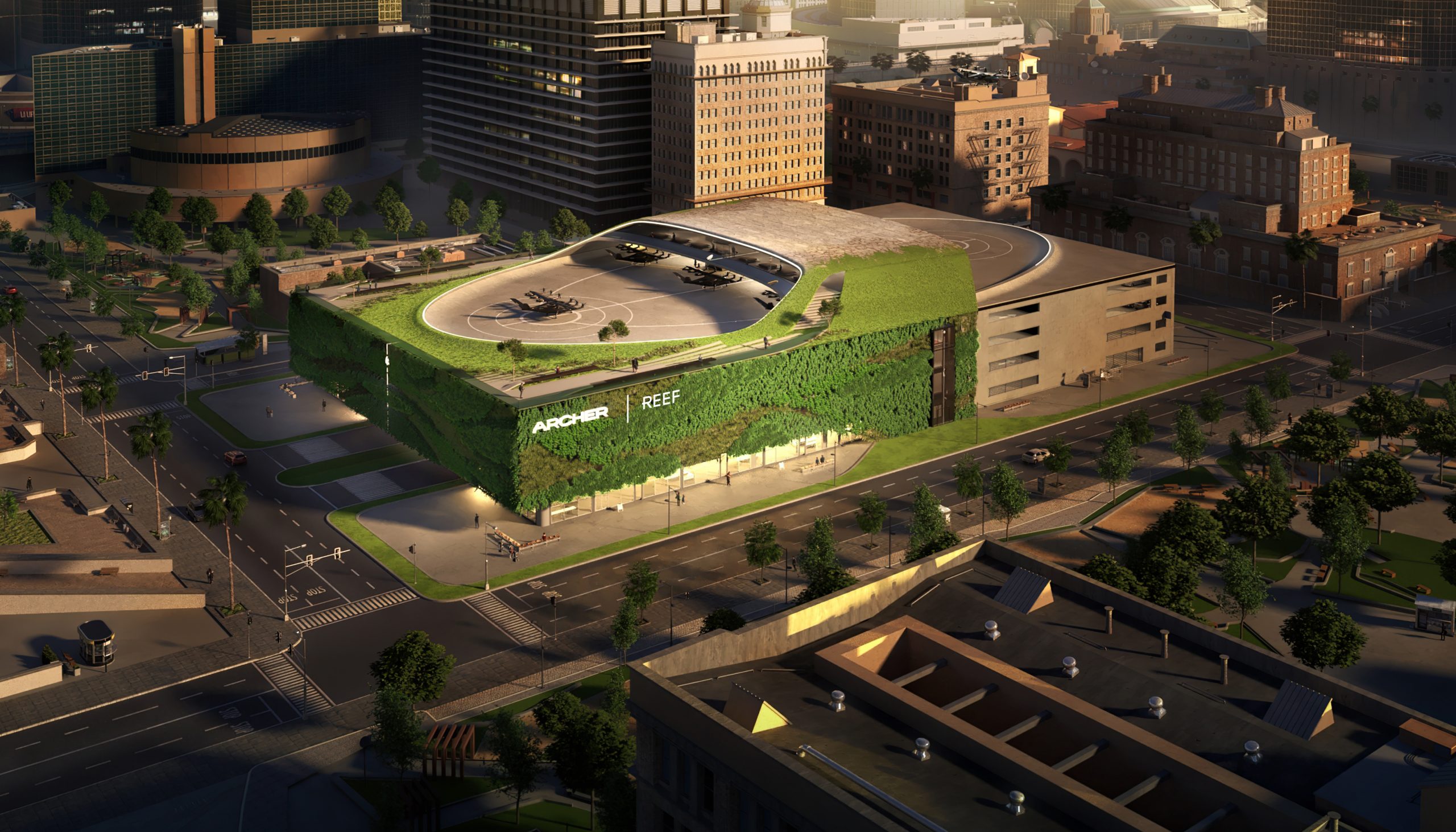EF Global VTOL
03 Nov 2022

The aerospace industry is rapidly approaching a technological revolution. Developers are designing, building, and flying electric vertical takeoff and landing (eVTOL) aircraft with the intent of reducing cost and noise as compared to traditional helicopters.
Hundreds of tech companies around the globe are trying to lead the charge on the future of eVTOL vehicles, but there are multiple obstacles facing the industry altogether. Some eVTOL companies expect to enter commercial service by 2024, despite regulatory hurdles.
The Vertical Flight Society (VFS) has held multiple online workshops this year, hosting industry leaders and policymakers to share information to advance the safe transition to this new technology.
Flying asked VFS’ strategic development director Jim Sherman and its infrastructure adviser Rex Alexander what they believe are the top four issues facing the future of eVTOLs.
Tech companies may be able to build the world’s most advanced eVTOL aircraft, but that means nothing until they have space to land.
According to the VFS, pre-existing heliports will have to undergo a transition to vertiports—landing spaces that accommodate helicopters and various other VTOL aircraft or rotorcraft. Most current heliports are capable of hosting eVTOL aircraft but typically aren’t equipped with charging stations.
PS&S, an architecture and engineering design company, is trying to break ground with vertiport designs for urban, suburban, and waterside environments. Each of these designs includes landing pads, charging stations, and terminals for customers waiting for their flight.
Other industry leaders, like Archer Aviation and REEF Technology, are co-opting the development of underutilized parking garages into vertiports in urban areas. REEF’s preexisting 4,800 parking garages will be considered for retrofitting rooftop access for eVTOLs in North America.